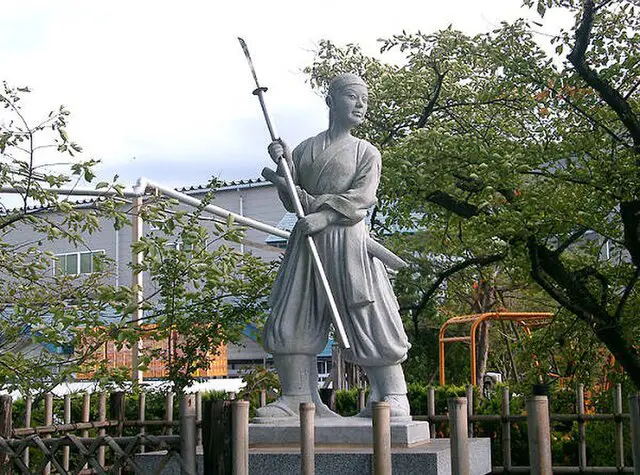She didn’t ride in on a white horse. She didn’t have her own anime series. But Tekako Nakano had something rarer: resolve sharp enough to cut through centuries of silence.
The Woman Who Wasn’t Supposed to Fight
Imagine a battlefield in feudal Japan. You’ve got dust rising, warriors shouting, swords clashing. Now zoom in. One of them isn’t a man. She’s smaller, faster, wrapped in armor tailored to fit a woman’s frame. Her name is Tekako Nakano. Most people had no idea she even existed.
Because women weren’t supposed to be there.
History tends to forget women who stepped outside the lines. It flattens them into wives, concubines, or supporting characters. But Tekako didn’t get the memo. She trained. She fought. She led. She wasn’t just a samurai’s wife. She was the samurai.
So, Who Was She?
We don’t have TikToks or scrolls of selfies. The records are sparse. But the fragments we do have suggest that Tekako Nakano lived during Japan’s Edo period, sometime between the 17th and 18th centuries. She was born into the Nakano clan, a lesser-known family, but one that valued martial discipline. Think of them like the scrappy indie band of samurai houses.
Tekako was trained in naginta combat, a traditional weapon often used by women warriors. It’s a polearm, like a staff but with a blade. Think elegance meets lethality. She also studied onna bugeisha tactics, which focused on defense, agility, and strategy. This wasn’t tea-ceremony-and-kimono school. This was how-to-break-a-man’s-arm-with-a-fan kind of learning.
And yes, she wore armor. Real, functional armor. Not the hyper-stylized stuff you see in modern media.
A Life in the Shadows
Why don’t we hear more about Tekako? Partly because of how history works. The Edo period leaned heavily into idealized femininity: be obedient, stay home, smile softly. Women who wielded weapons didn’t fit the vibe.
But she existed in records as a defender of her village during a localized conflict involving rogue factions. She wasn’t drafted. She chose to fight. When the men were away, she rallied the women. They weren’t just hiding. They were strategizing.
Her tactics were so effective that a nearby lord reportedly sent reinforcements, not out of pity, but out of respect. That’s not nothing.
Was She Alone?
Not entirely. Tekako was part of a long (if often erased) lineage of women warriors in Japan. You might’ve heard of Tomoe Gozen or Nakano Takeko. But even they get glossed over. Tekako lived in their shadows, and maybe chose to. She wasn’t about glory. She was about survival.
What makes Tekako stand out isn’t just that she fought. It’s how she fought. Locals said she used deception, landscape, and even weather patterns to confuse enemies. Guerrilla warfare with a poet’s touch. There’s a story about her luring an enemy squad into a rice field after heavy rain. Their horses got stuck. Her blade did not.
Quiet Legacy, Loud Lessons
Tekako’s name never made it to national textbooks. There are no bronze statues. But if you ask the elders in certain corners of rural Japan, they’ll nod. They’ll tell you about a woman who fought like a storm and vanished like mist.
And there’s something hauntingly powerful about that. Because not every legacy is meant to shout. Some whisper, and echo for centuries.
Today, women in martial arts sometimes cite the nameless onna bugeisha as spiritual ancestors. Whether they know Tekako’s name or not, they feel her presence. In every dojo. In every sparring match where strength and grace coexist.
Why It Still Matters
In a world still wrestling with who gets remembered and why, Tekako’s story nudges us. It says, look again. The heroes aren’t always on the posters. Sometimes, they’re hidden in footnotes, or half-told legends.
And maybe that’s okay. But maybe we can do better.
Because when you picture a samurai, you probably see a man. Next time, maybe let Tekako in.
Just quietly. Sword drawn.
Source:
1. Turnbull, Stephen. Samurai Women 1184–1877 (Osprey Publishing, 2012)
2. “Onna Bugeisha: The Female Samurai Warriors” – Ancient Origins
3. Yamamoto, Tsunetomo. Hagakure: The Book of the Samurai (not directly about Tekako, but reflects the era’s values)
4. Smithsonian Magazine: “The Forgotten Women Warriors of Japan”

